
This logo isn't an ad or affiliate link. It's an organization that shares in our mission, and empowered the authors to share their insights in Byte form.
Rumie vets Bytes for compliance with our
Standards.
The organization is responsible for the completeness and reliability of the content.
Learn more
about how Rumie works with partners.
Did you know that people are genetically more close to goldfish than goldfish are to sharks? It's true!
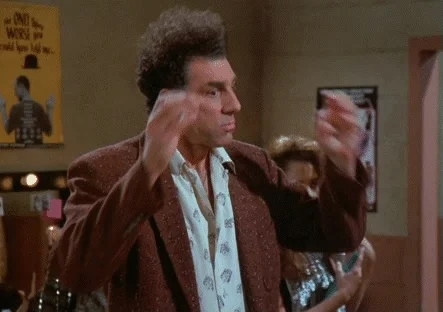
We know that because of studies of evolution. Evolution is the concept that all life comes from a previous life form, and small genetic changes over time lead to new species. This happens because of natural selection.
Evolution has helped us learn so much about how animals, including humans, became the way they are, and teaches us so much about how we interact with our natural environment, other animals, and each other.
Explore some examples of evolution to better understand how it works and how certain animals came to be.
Natural Selection
How do certain genes get passed down and others don't? This process is called natural selection. Certain traits might make a creature better at surviving its environment, so it is more likely to breed and pass on its traits.
For example, imagine an individual animal that, because of a random genetic mutation is slightly bigger than its peers. If being bigger also helps it survive better, that individual might be more likely to breed, and its offspring will be more likely to have that trait.
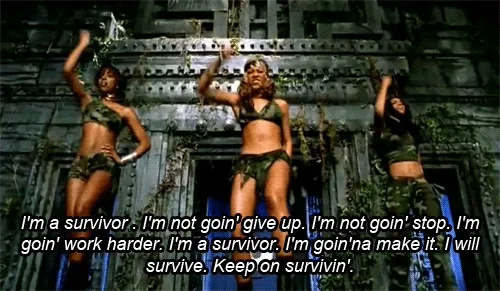
This goes on over thousands of years, until the smaller version of the animal is gone because it couldn't survive as well as its taller peers.
Survival of the Fittest
There is a big misconception in evolution: survival of the fittest doesn't mean only the strongest creatures or individuals thrive, but rather those most adapted to their particular environment have the best chance of survival.
Animals become more adapted to their environment through random genetic mutations.
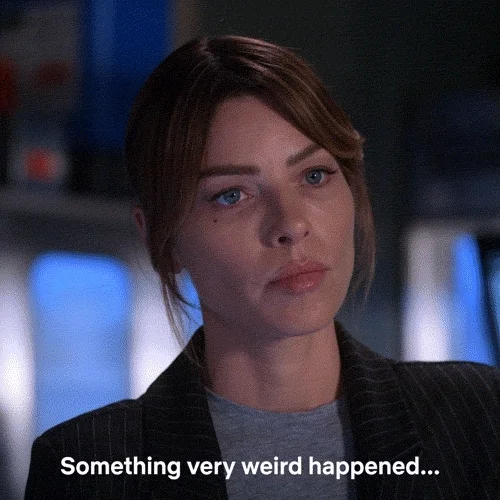
A random genetic mutation might make a particular individual better suited for their environment, and then those genes get passed down to their children.
Over time, those who can survive better will pass down their genes, and creatures without those mutations either develop another mutation, migrate to a new environment, or go extinct.
Tree of Evolution
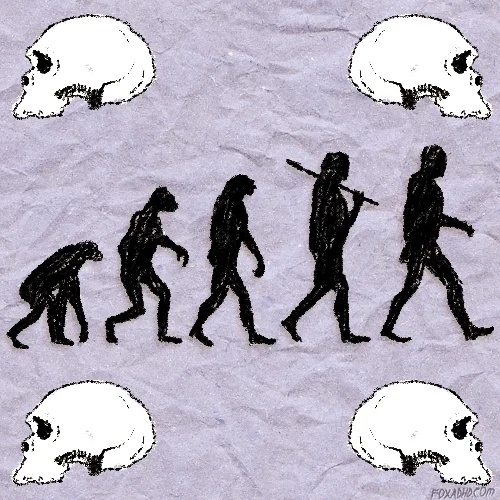
One of the biggest mistakes people make when thinking about evolution is thinking about it as if it were a straight line. The idea that "humans evolved from monkeys", while partially true, is lacking a lot of context and doesn't paint a complete picture.
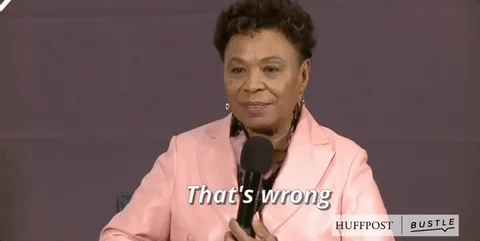
Think of evolution more like a tree: sometimes a branch has small offshoots, and the original branch keeps growing. But sometimes, a branch completely splits in two, and the original branch is gone.
So you might have a creature that evolved into another creature, but the original is still around. Other times, it has gone extinct.
Did you know?
There's a free and fun tool called Tree of Life Explorer where you can explore the entirety of evolution and your own pace!
Goldfish vs Humans vs Sharks
Let's think about our first example: how goldfish are closer to humans than they are to sharks. How is that possible?
We can go back to when animals first started evolving certain features like bones. Sharks don't have bones, while goldfish do. This means goldfish evolved from a creature that had bones, while sharks did not.
Over time, different creatures that had bones eventually evolved into humans.
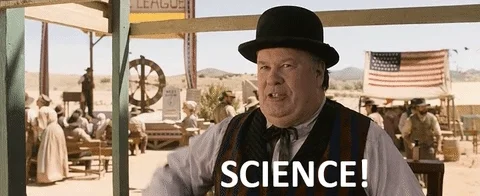
If we use our tree example, the shark and goldfish branches separated very early on, and the branch that had the goldfish created more branches, and one branch became humans.
Everyday People
Let's stay focused on humans for now. Think back to our tree of life, and how evolution doesn't act in a straight line. We know humans evolved from apes, but what does that mean?
There was a certain ape a very long time ago that started to climb out of trees and would explore the ground, as it was a new way of gathering food.
Eventually, some individuals evolved traits that made them better suited to live on the ground than in trees, so that's what they did.

Over time, those ground-based apes passed on their genes, and thanks to natural selection, became better and better at surviving on the ground. This eventually led to the evolution of Homo sapiens, also known as humans!
Onto the North Pole!
Another example is bears. If you think about the far north, it's filled with ice and snow, which isn't great for bears that are brown or black. So bears that had a lighter coat would do better in the north.
How does that happen? Tiny genetic mutations! Some bears are born slightly brighter than others. Over time, those bears breed and we get more light-coloured bears.
Those lighter colored bears are better at surviving further north, so those bears move more north and become lighter. After many, many years, we end up with one of nature's most feared predators, the polar bear!
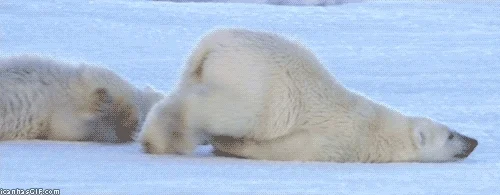
A Dog in Wolf's Clothing
Sometimes a branch on the tree of evolution has another branch that comes out of it, but the original branch still kept going and is intact today. A good example of this is the brown wolf.
At a certain point in history, we began domesticating animals, meaning they lived alongside us, and one of the earliest ones was the wolf. Wolves were bred for certain qualities, such as being good at herding, hunting, or whatever they were needed for.
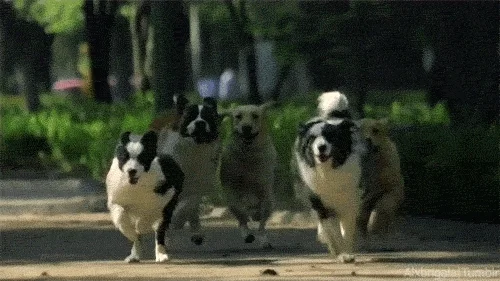
Those traits kept getting passed down through generations, which led to all the different kinds of dogs we have, as each breed is meant for a particular environment.
However, the wolf is still around today, as it is still very suited to its natural environment. Which is why we have both wolves and dogs!
Quiz
Which scenarios below are examples of evolution? Select all that apply:
Animals will evolve whichever traits might help them survive better in their environment, but their diet won't directly affect how it evolves. It may migrate to another environment to follow a particular diet, and then evolve to better survive, but the diet won't cause the changes.
Take Action
You should now have a solid understanding of how evolution works.

Here are some activities you can assign students to get a more in-depth understanding of evolution:
This Byte has been authored by
Ira Miller
Technology Specialist